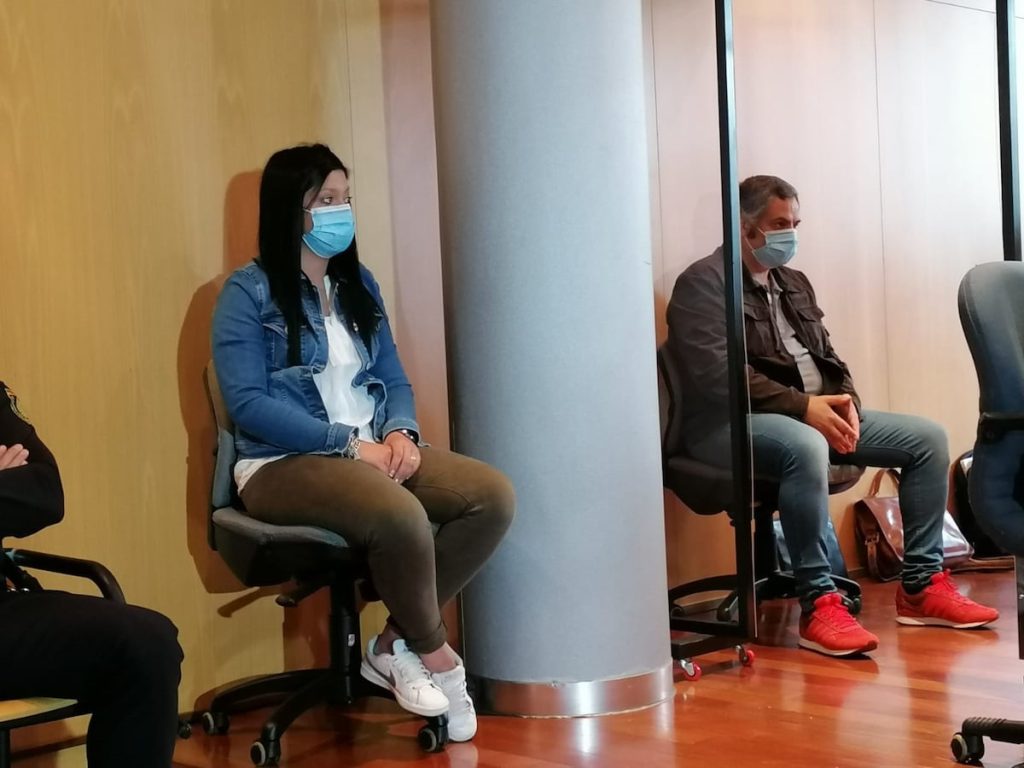The police were searching an apartment in Asturias for evidence of a premeditated murder, that of Ivan Castro, a man who was found shot dead in his garage in 2017. The investigators had placed microphones in the house, and in the recordings, they always heard the same repetitive noise that made it difficult to understand the conversations. The source of these sounds was now in front of them. They were several sugar gliders, small marsupials native to Australia, that Marta Rama, the accused of the murder and girlfriend of the victim, cared for lovingly. During the search, one of these animals got caught in its cage and started screaming. That was the only moment in the whole process where the police claim that the woman showed genuine humanity, when she saw her pet suffering. In the trial where she was sentenced to 22 years in prison for the murder of her partner, Rama remained unflappable alongside her accomplice and ex-lover, Nelson Dos Anjos, who received an 11-year prison sentence.
Animals are part of investigations and also make their way into crime scenes. They can provide clues, show a trait of the suspect’s personality, leave evidence in the right place, or even alter the crime scene with their nose and paws. They are one of the elements that homicide sub-inspector Carlos Segarra always included in his training sessions. In a more recent case, the murder of Tatiana Coinac, a woman who worked as a prostitute and was killed in her home, it was the cat that alerted that something was wrong with meowing. The victim, born in Moldova, lived alone in her apartment in Oviedo with a dark gray Persian. It was in that house where she made erotic calls and received clients, whose names she meticulously noted down in an agenda.
Dogs cannot speak, but they can bite. That’s what Alicia’s pet did, with which she was walking around her house in Alicante when she was strangled one afternoon in November 2020. She was a civil servant, with no enemies, living a peaceful life. At the crime scene, a garden area in the neighborhood of La Hoya, blood was found. It was possibly from the perpetrator, and investigators later learned that it was spilled when Alicia’s dog bit him. The small dog did everything to try to protect its owner’s life. After the crime, it fled and reached Alicia’s doorstep, where the agents found it, also receiving an attempted bite when they approached it.
One murderer unflinching in the face of any accusation but devoted to his perra, is Angel Ruiz, Angelillo, sentenced for the intentional fatal hit of an elderly woman in 2011 over a land boundary dispute in La Parte de Bureba (Burgos). He is also the eternal suspect in the triple murder of the Barrio family in Burgos in 2004, a homicide for which no one has ever been convicted, but he has always been the prime suspect from the village of origin of the family. The man, impervious to any affectionate feelings towards a human, was capable of expressing his love for his perra La Rubia. This companionship also led to his downfall because in the car used to hit the elderly woman, hairs of Angelillo were found, along with three dog hairs. It was confirmed that when the criminal accelerated to end the life of his neighbor, La Rubia was by his side.















